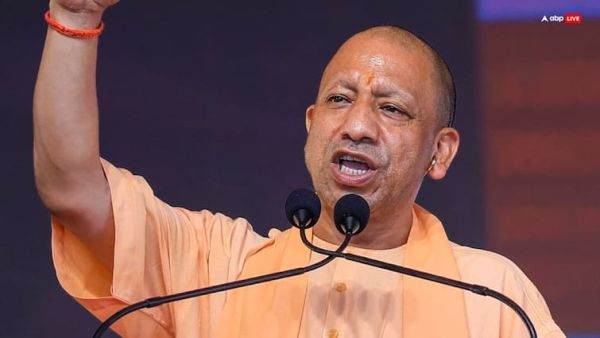There was once a deserted area full of snakes on the outskirts of Hyderabad, where Annapurna Studios is now located. This studio has become a center of technical excellence for Indian cinema. It was here that post-production of blockbuster films like RRR, Bahubali and Pushpa was done. Now this studio has become the home of India's first Dolby Vision Cinema Grading Facility, which is making the already existing Dolby ATMOS mix rooms further advanced.
Dolby Vision: New Revolution for Indian Cinema
This state -of -the -art facility hosts the Dolby VISION projection system developed by Dolby Laboratories and Christie Digital. With the help of this new technology, filmmakers can prepare films with a new visual experience, which is already being adopted internationally.
APAC Marketing Vice-Pressidant, Aseem Mathur, of Dolby Laboratories, said that Dolby is running an outreach program to bring this new technology to filmmakers in India. He said, “We hope that this will help the creators understand the ability of Dolby Vision, such as Dolby ATMOS and ATMOS for Music.”
New films like Pushpa 2 are now being prepared keeping in mind the global audiences.
Dolby Vision is not just limited to post-production; Its effective experience requires Dual Christie 4K 6P modular laser projectors. For cinema projection, it processes 12-bit on 108 knots, while for home entertainment it goes up to 1000 knots.
In Annapurna Studios, the Dolby Vision Grading Room will help to take filmmaking to new heights. It provides a great visual experience with unique brightness, high contrast and dark colors, allowing filmmakers to give new direction to their creative thinking.
Indian filmmakers will get new confidence with Dolby Vision
When actor and co-owner of Annapurna Studios, Nagarjuna was asked if this technology would motivate the filmmakers to do new experiments, he gave the example of Rajamouli. He said, “Rajamouli went to Germany even during the lockdown and got RRR mixed in Dolby Vision. He always tries to pursue his limits. “
Global competition opportunity for Indian film industry
Dolby Studios continuously acting to transport techniques such as Dolby Vision and Dolby Atmos to more platforms, including home entertainment and streaming platforms. Its partnership with Annapurna Studios will give Indian filmmakers an opportunity to compete globally.
Is South India technically ahead?
When asked if South India is ahead in adopting new techniques, Nagarjuna said in a funny tone, “50% of the world's IT engineers come from here.” But he also added seriously, “The director and filmmakers here are hungry to prove themselves better. Earlier they wanted to get ahead of Bollywood, but now they question themselves – if they can do it, then why not? ”
The start of Dolby Vision Cinema Grading Facility in India will make Indian cinema technically stronger. This will not only increase the quality of films, but will also give Indian filmmakers an opportunity to strengthen its identity globally.









